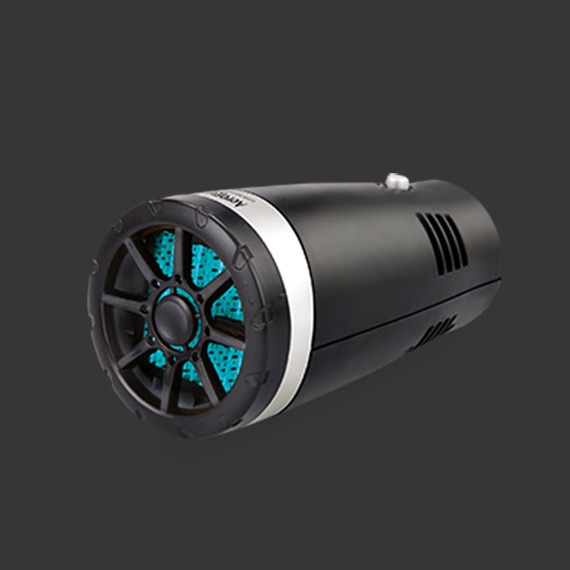stainless steel throttle cable
The Essential Role of Stainless Steel Throttle Cables in Modern Vehicles
Throttle cables play a crucial role in the functionality of modern vehicles, enabling drivers to control engine power and acceleration. Among the various materials used for manufacturing these cables, stainless steel has emerged as a preferred choice due to its numerous benefits. This article explores the significance of stainless steel throttle cables, their advantages, and their applications in the automotive industry.
Understanding Throttle Cables
Throttle cables are mechanical connections that link the accelerator pedal to the engine's throttle body. When a driver presses the accelerator pedal, the throttle cable transmits this motion to the throttle body, allowing air and fuel to enter the engine and subsequently controlling the vehicle's speed. The efficacy and durability of these cables are critical to ensuring reliable vehicle performance.
Why Stainless Steel?
Stainless steel is an alloy of iron, carbon, and a minimum of 10.5% chromium, which gives it remarkable resistance to corrosion. This property is particularly advantageous for throttle cables that are exposed to various environmental factors, such as moisture, temperature fluctuations, and corrosive substances.
1. Corrosion Resistance One of the standout features of stainless steel is its ability to resist rust and corrosion. This durability ensures that throttle cables maintain their performance over time, reducing the risk of cable failure that can lead to compromised vehicle safety.
2. Strength and Durability Stainless steel is known for its high tensile strength, which allows it to withstand the stresses of daily use without snapping or breaking. This strength not only improves the longevity of the throttle cable but also contributes to consistent throttle response, enhancing driving performance.
stainless steel throttle cable

3. Flexibility While stainless steel is known for its strength, it also maintains a degree of flexibility. This characteristic allows the cable to bend and move with the vehicle's dynamics without kinking or binding. The flexibility of stainless steel throttle cables aids in providing a smooth and responsive driving experience.
4. Low Maintenance Unlike rubber or plastic cables, which may degrade over time due to exposure to heat and chemicals, stainless steel throttle cables require minimal maintenance. Their robust nature means they can endure harsh conditions without frequent replacement, making them a cost-effective choice in the long run.
Applications in Automotive Industry
Stainless steel throttle cables are commonly used in various types of vehicles, including cars, motorcycles, and performance vehicles. They are particularly favored in high-performance applications where precision and reliability are paramount. For instance, racing vehicles often utilize stainless steel cables to ensure immediate throttle response, which is critical for competitive driving.
Moreover, with the growing emphasis on enhancing vehicle performance and safety standards, the demand for stainless steel throttle cables has risen. Manufacturers recognize that incorporating stainless steel cables into their vehicles can enhance overall driving dynamics and reliability, making it a vital component in modern automotive design.
Conclusion
In summary, stainless steel throttle cables are essential components that significantly contribute to the performance and safety of vehicles. Their remarkable corrosion resistance, strength, durability, flexibility, and low maintenance requirements make them an ideal choice in the automotive industry. As technology continues to advance, the reliance on high-quality materials such as stainless steel will likely grow, ensuring that vehicles operate efficiently and safely for years to come. Thus, when considering vehicle performance, the role of stainless steel throttle cables cannot be overlooked, as they are fundamental to the driving experience.
-
Workings of Clutch Pipe and Hose SystemsNewsJun.04,2025
-
The Inner Workings of Hand Brake Cable SystemsNewsJun.04,2025
-
The Secrets of Throttle and Accelerator CablesNewsJun.04,2025
-
The Hidden Lifeline of Your Transmission Gear Shift CablesNewsJun.04,2025
-
Demystifying Gear Cables and Shift LinkagesNewsJun.04,2025
-
Decoding Clutch Line Systems A Comprehensive GuideNewsJun.04,2025
